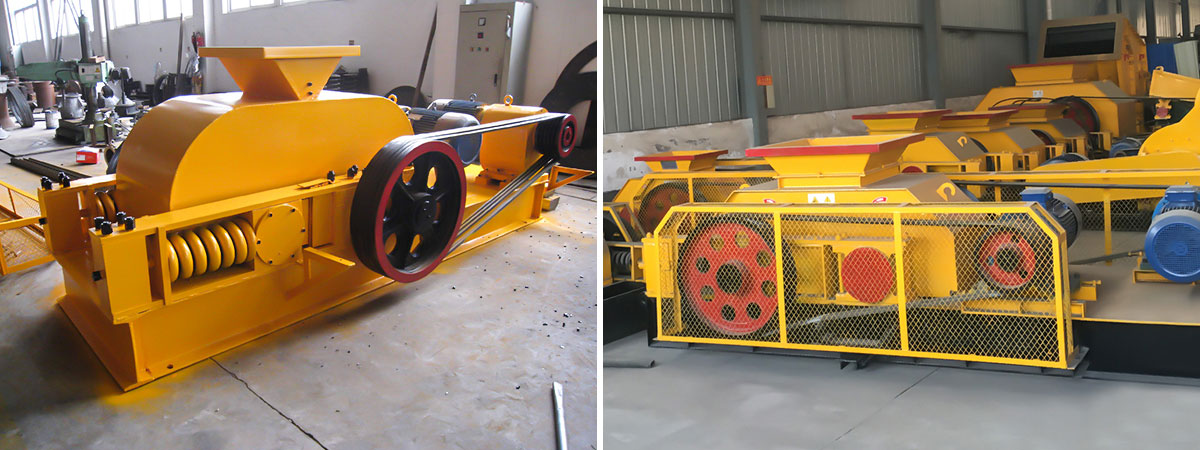General operating procedures requirements for roller crushers
The roller crusher is used for crushing and finely crushing various ores and rocks below medium hardness in the industrial sectors such as mineral processing, chemical, cement, building materials and so on. The roller crusher has reliable operation, simple maintenance, low operating cost, and adjustable discharge granularity. According to the number of rollers, it can be divided into two-roll crusher and four-roll crusher, which can be widely used in refractory, cement, metallurgy, chemical, electric power, coal and other industries to process brittle and tough materials.
Roll crusher
The roller crusher is only allowed to be officially put into production after the trial operation is fully qualified. In order to ensure the long-term safe operation of the machine, special attention should be paid to the correct operation, daily maintenance and regular maintenance of the machine.
1. Preparation work before machine operation:
The machine must be fully prepared and strictly inspected before normal operation and start. All parts of the machine must be intact, all fixing bolts and anchor nuts must be tightened firmly, and the machine accessories must not have anything that hinders the operation. Debris.
2. Driving and parking sequence:
After the above preparation and inspection work is in full compliance with the requirements, the crusher can be started, and the standby speed is normal before feeding into the machine. The feeding must be uniform. When stopping, stop the feeding of the machine first, and wait until there is no remaining material in the feeding hopper. The machine can be stopped only afterwards.
Roll crusher
3. The normal operation of the machine:
When the machine is running normally, the machine operator and related personnel must pay attention to the following matters:
(1) Whether all fixing bolts are broken or loose.
(2) Whether the lubrication of each bearing is normal and whether there is oil leakage.
(3) Whether all parts are tightly sealed and whether there is oil leakage.
(4) Whether there is too much feed volume and whether the discharge particle size meets the requirements.
(5) Whether the rolls and gears are operating normally.
4. Other matters needing attention:
1. Do not change the direction of rotation of the machine.
2. When the machine is running, the power supply should be disconnected immediately to avoid accidents when the power comes on suddenly.
5. Machine maintenance and safety technology:
The maintenance of the machine is an important and regular work, it should be closely coordinated with the operation and maintenance of the machine, and there should be full-time personnel to conduct on-duty inspections.

 RU
RU





